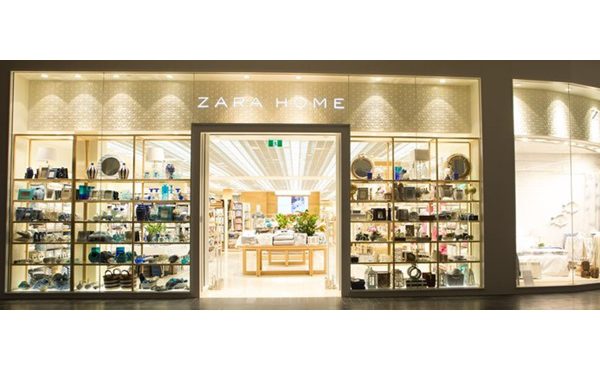International fast fashion chains are showing no signs of slowing down their expansion into the Australian homewares and furniture market, with research company IBISWorld expecting fast fashion brands to enjoy double-digit annualised growth in homewares and furniture sales over the next five years.
Major global brands such as H&M and Zara are bringing their fast fashion business model to the Australian homewares market and IBISWorld senior industry analyst Lauren Magner says this will present a challenge for established operators such as Harvey Norman, Freedom and IKEA.
“If the market penetration of fast fashion companies’ homewares and furniture ranges matches that of their fashion ranges, we anticipate annualised double-digit growth in this area over the next five years,” she says.
Fast fashion is one of the few categories within the clothing and accessories sector that is exhibiting growth, with compound annual growth of 10.4 per cent over the past five years. “This indicates that fast fashion retailers are attracting consumers’ attention at the expense of other forms of retail.”
The expansion of big-brand homewares in Australia―which follow the same high-growth, high-profit strategy as international fast fashion retailers―will put a lot of pressure on local retailers that are unable to change their collections as often as their international counterparts and still keep the prices down.
“Companies operating mainly in the Australian market will suffer due to a lack of scale, particularly in design and procurement, and the fact that they are often slower to bring on-trend items to market,” explains Magner.
Brands such as Zara and H&M have quickly developed a dedicated following in Australia, and they are expected to do the same for their homewares ranges.
“One of the advantages for brands like Zara Home is that they are not destination retailers like IKEA or Harvey Norman, which customers will often visit on a weekend or planned outing. Zara will benefit from people visiting and browsing during their lunch break, or while looking at fashion, and making impulse homewares purchases.”
There have also been new furniture entrants to the market, looking for growth outside the traditional markets of North America and Europe. Players in the furniture market are able to provide a wide range of products through small number of stores, due to their scale and access to overseas manufacturing and distribution channels.
“Alongside the fast fashion players, some high-end international companies like Pottery Barn and Ashley Furniture are also expanding their brand outside the mature American market,” Magner adds.







